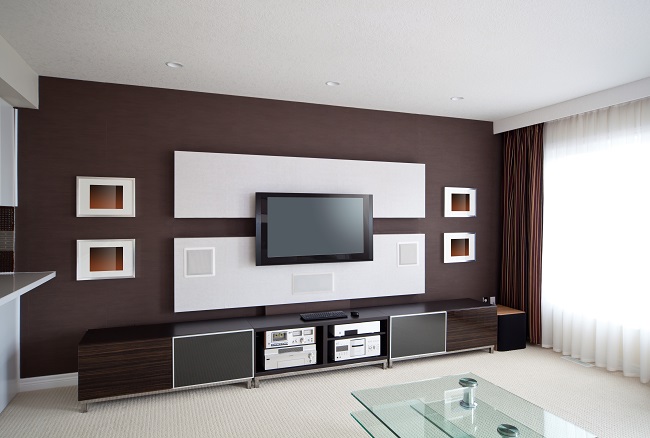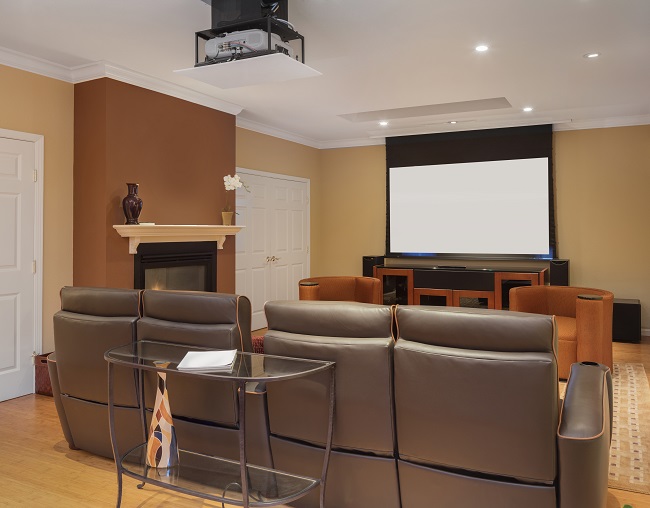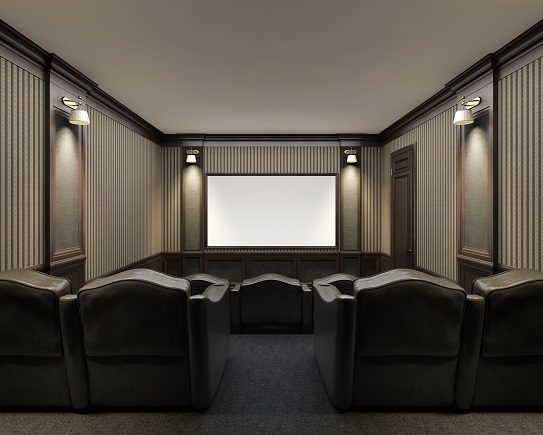Whenever you’re making your final decision about an electronic purchase, a lot of the choices are going to come down to expense and quality. These two lines intersect on the graph of your preferences: as quality goes up, affordability goes down. While these two lines aren’t perfectly diagonal, the trend for home theater speaker systems is clear. Virtual surround sound is on the less expensive side of the spectrum while high-quality 5.1 and 7.1 surround sound systems become pricey.

But if you want to carefully weigh your options and pick the best fit for your home theater, you need more than generalities. Keep these differences in mind.
When is virtual surround sound a perfect fit?
If you have a small home theater or you want to keep the space neat and tidy, invest in a virtual or 2.1 surround sound system. These speaker systems are made up of a central sound bar or two speakers and one subwoofer (which is what 2.1 is shorthand for).
Virtual surround sound uses delays and complex angles to make it seem like you’re listening to surround sound. The system isn’t perfect, but it’s near enough to give you great immersion. Choose this system if you value good sound, your budget, and an organized theater.
When is 7.1 surround sound a better choice?
If you’re an audiophile who can hear the difference between compressed and uncompressed music files, you might want to invest more in your sound quality. These systems also work better in larger rooms that are too big for virtual solutions. 7.1 surround sound speaker systems follow the same naming convention as 2.1 systems: they have seven speakers and a subwoofer so you can place speakers at the front sides, and back of your home theater. Real surround sound is more expensive. So if you choose this option, you’ll also want to research specific models, invest in mounting hardware, and have professional installation.
Go to Audio Video Solutions here to get started.









